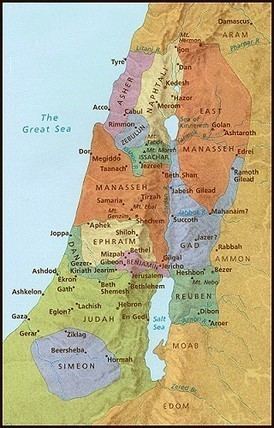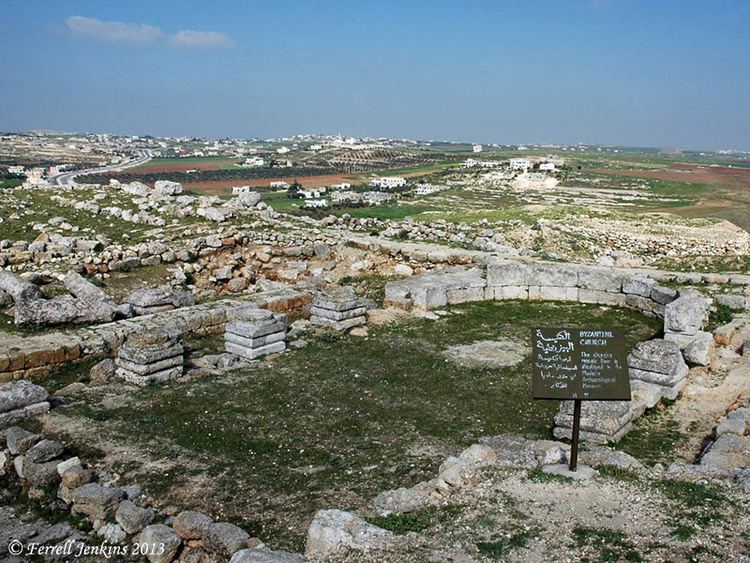 | ||
Weather 16°C, Wind SW at 10 km/h, 59% Humidity | ||
Heshbon (also Hesebon, Esebon, Esbous, Esebus; Hebrew: חשבון; Latin: Esebus; Arabic: حشبون) was an ancient town located east of the Jordan River in the modern kingdom of Jordan and historically within the territories of Ammon and Ancient Israel. Today, it is a ruin, bearing its old namesake, Tell Ḥesbān, located ca. 9 kilometers (5.6 mi) north of Madaba.
Contents
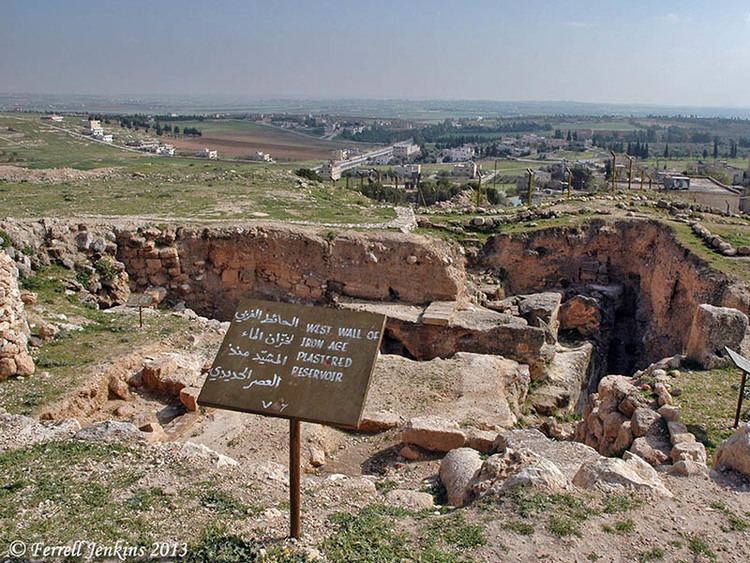
Archaeological excavations
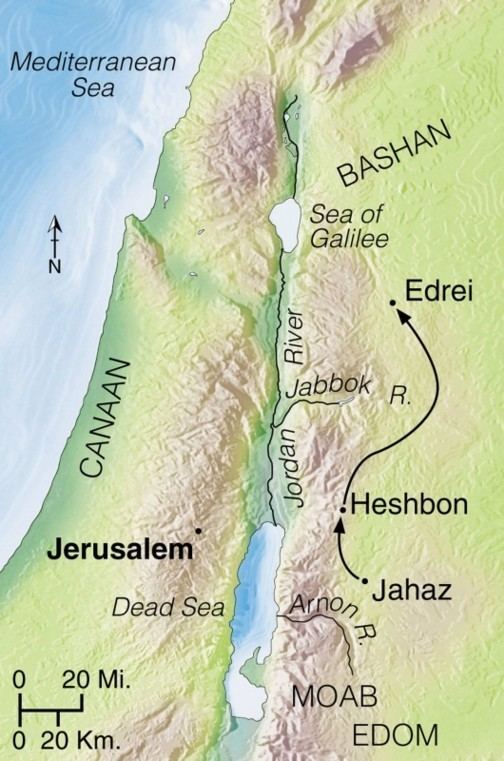
In 1968, archaeological excavations were undertaken at the site of Tell Hesban (alternatively spelled Tall Hisban). This excavation was the beginning of what became called the "Heshbon Expedition". This archaeological work was sponsored by Andrews University and under the authority of the American Schools of Oriental Research (ASOR). The Heshbon Expedition continued with excavation seasons through 1976. The lack of evidence for occupation during the Bronze Age led excavators to conclude that the site is not Sihon's Heshbon; however, classical period remains confirmed its status as the Roman-period city of Esbus. Following the cessation of Heshbon Expedition excavations, archaeological work at the site continued in 1996 under the Madaba Plains Project consortium. The site continues to be excavated into the 2010s; work is also ongoing to support archaeological tourism at the site.
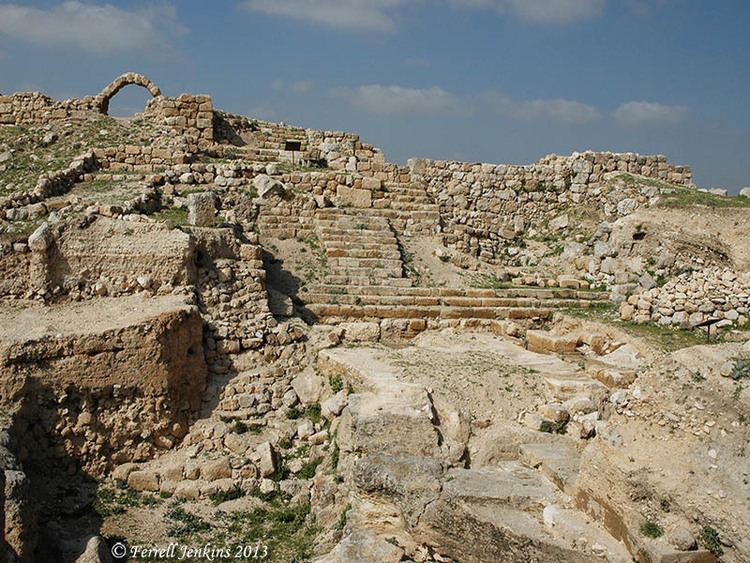
Two churches have been discovered from the Byzantine era, and both churches produced impressive remains of mosaic floors. Particularly interesting is the nilotic (using motifs originating in the environs of the river Nile) mosaic of the presbytery of the North Church where the mosaicists have created a motif of a turtledove set on a nest made of an imaginary flower.
Ecclesiastical history
Hesebon is a titular see of the ecclesiastical province of Arabia, suffragan of Bostra.
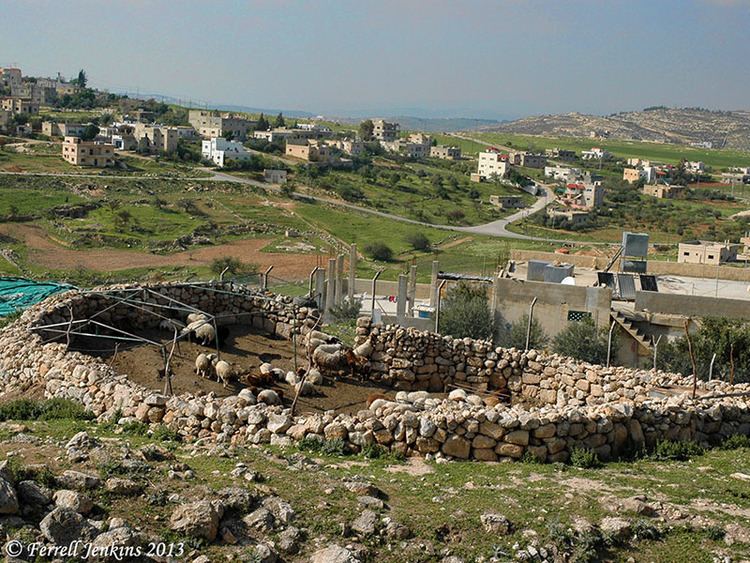
Christianity took root there at an early period. Michel Le Quien (Oriens christianus II, 863-64), and Pius Bonifacius Gams (Series Episcoporum, 435) mention three bishops between the fourth and seventh centuries:
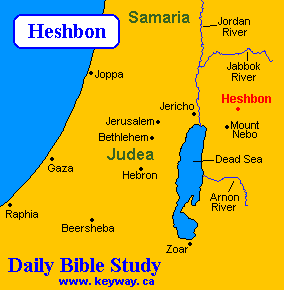
Konrad Eubel (Hierarchia Catholica, II, 168) mentions two Latin titulars of Hesebon in the latter part of the fifteenth century.
